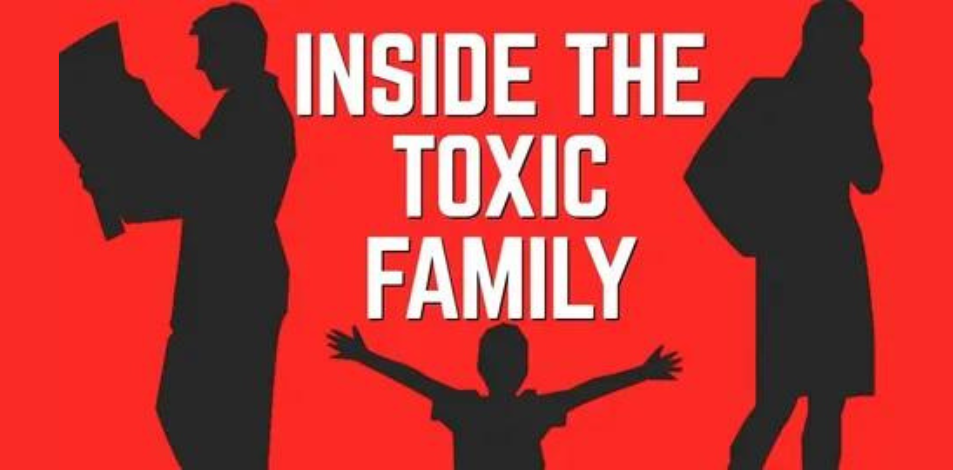
Key Points
The key to recovering from a narcissistic family and thus improving the adult self is acceptance.
Part of accepting the reality of childhood requires taking responsibility for making positive changes today.
Recovery from a narcissistic family can be achieved in five stages, which involve replacing dysfunctional behaviors with more functional ones.
In my last post, I reviewed the Narcissistic Family Model created by authors Stephanie Donaldson Pressman and Robert M. Pressman in their book, The Narcissistic Family: Diagnosis and Treatment. I promised to review the author’s model for recovery and recommendations for improving it.
The key to recovering from a narcissistic family and thus improving the adult self is acceptance. To move forward, the adult survivor must accept the full reality of their childhood and the effects their experiences had on their development, which includes who they are today. In doing so, they must acknowledge two things: first, that they were not responsible for the events of their childhood, and second, that they must take full responsibility now. The authors note that the point of acceptance is not to blame parents or caregivers, but rather for the individual to acknowledge the reality, which includes taking responsibility for positive change today.
Five stages of recovery are identified in the book. The stages are defined in the context of a therapeutic relationship. As such, they are designed to be facilitated by the therapist. However, I believe the concept of each is useful to the average self-help reader.
Stage One: Revisit
The first step toward recovery is to revisit the reality of childhood. In doing so, the individual is encouraged to accept that as a child, they never had control. They are also encouraged, as adults, to let go of any fantasy they may have had about somehow creating an ideal family of origin.
Stage Two: Mourning the Loss of Fantasy
In this stage, the individual grieves the reality they have realized from Stage One—that they never had an ideal family, and cannot create one. The authors comment that many individuals return home to family events such as Christmas or weddings believing that “it will work out this time.” The purpose of this stage is to remove the futile hope of the fantasy family, which frees up emotional energy for the present.
Stage Three: Acknowledgement
Here, the individual acknowledges the effects of growing up in a narcissistic family. He comes to understand certain personality traits or behavioral patterns (i.e., people-pleasing) and must accept that although these traits are dysfunctional now, they helped him survive throughout childhood.
Stage Four: Evaluation
This stage stems from the traits recognized in Stage Three. The individual evaluates his current self, which includes the personality and behavioral traits he now exhibits, and decides what to keep and what to change. Traits to change tend to include those that have proven to be dysfunctional as adults.
Stage Five: Responsibility for Change
The final stage is the actual implementation of change. The individual takes responsibility for himself and works to replace dysfunctional behaviors with more functional ones.
In the book, each step is carefully explained with helpful techniques and case examples designed to help the individual along the way. Below are more tips and case examples used to illustrate common areas of dysfunction in adults from narcissistic families. Below are some examples.
Area of Dysfunction: Problems with assertiveness, including identifying feelings and communicating with others:
As a result of their upbringing, these individuals may have difficulty identifying their feelings or even burying them altogether. As a result, they have difficulty discussing them, their wants, and their needs with others. The authors suggest a simple exercise commonly used to teach effective communication skills called “I feel/want.” So, instead of slamming the door when your spouse fails to make plans for your birthday, for example, say, “Joe, I felt hurt when you didn’t make dinner reservations for my birthday. I want you to do it now (next year).”
Area of Dysfunction: Problems with Boundary Setting:
Many individuals from narcissistic families feel uncomfortable setting boundaries for fear of disappointing others. To overcome these tendencies and gain more personal control, an individual must learn to live with some disapproval. The authors lay out eight rules for learning how to set boundaries with others. Here are some:
“Corrections, if expressed appropriately, are not destructive, hurtful, or shame-inducing.”
“One’s needs cannot always be met by others, but they can always be expressed appropriately to others.”
“Feelings do not need to be justified—everyone is always entitled to their own feelings.”
If you like these self-improvement tips, I suggest you check out The Narcissistic Family: Diagnosis and Treatment . You’ll find more detailed strategies for dealing with the issues I briefly covered above as well as information on those I haven’t covered here, including decision-making, delaying gratification, building trust, and improving intimacy, sex, and friendships.




